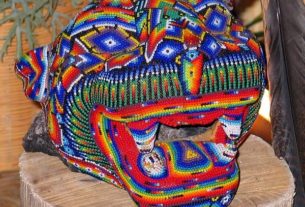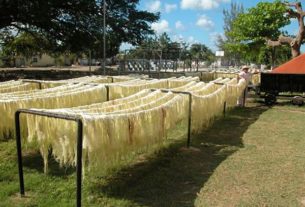Did You Know…?
The first Whitbread Round-The-World yacht race was won by a Mexican.
Most people do not associate Mexico and Mexicans with yachting, but it’s a fact that the first Whitbread Round-The-World Yacht Race, in 1973-4, was won by the Mexican ketch Sayula II, skippered by Ramón Carlin, a Mexican businessman who made his money from washing machines.
What makes Carlin’s achievement all the more remarkable is that relatively few of Mexico’s 100 million inhabitants actually reside on the coast, even though the country is sandwiched between the Gulf of Mexico and the Pacific Ocean and actually has a long coastline. Most large Mexican cities are located in the interior. The nation’s capital, Mexico City, is unusual in being one of the very few major cities in the world not situated on the sea.
Not surprisingly, then, when Carlin set out with Sayula II from Portsmouth, England, alongside 16 other yachts, in September 1973, the pundits did not give him any chance of victory. Most of the yachts in the race were European, and Europeans have completely dominated the race ever since. But Carlin, with his crew of 12 (including family, friends and some professional sailors from other countries) sailed off in their production line Swan 65 determined to do their best.
And their best proved very good indeed. The 1973-4 race had four legs. Taking handicap into account, Sayula II came second in the first leg, Portsmouth to Cape Town, and then won the second leg, Cape Town to Sydney. This was a particularly remarkable achievement since this leg proved to be the hardest in the entire race, exposing all the competitors to unbelievably adverse weather in the Southern or Indian Ocean. Violent storms and 40-knot winds battered all the contestants and two yachts were forced to abandon the race. Sayula II capsized. Her cabin was filled with water and most of her crew, fortunately securely tethered, were swept overboard, sustaining numerous minor injuries. But the ketch survived and the crew soon had her under way again.
From Sydney, the race took the yachts across the Pacific and round Cape Horn. Prior to the race, less than 10 private sports yachts had ever rounded Cape Horn successfully. It should also be remembered that Sayula II didn’t have the benefit of the thousands of dollars worth of modern navigational equipment, including GPS systems and transmitters for audio and video satellite communications, now considered standard on racing yachts.
For the Sydney-Rio de Janeiro leg Sayula II came second, on handicap, and then placed fourth (on handicap) for the final leg across the Atlantic to Portsmouth. Carlin sailed the yacht across the finish line on April 9, 1974, and was declared the overall winner. Sayula II had taken 152 days (133 days on corrected time) to sail 32,500 nautical miles (about 60,000 kilometers).
To put Carlin’s achievement in perspective, it is worth noting that the forerunner to the 1973-4 Whitbread race was a 1967 around-the-world race, The Golden Globe Race, sponsored by the London newspaper The Sunday Times. Eight boats entered that race, but only one finished; the others either gave up after serious equipment failures, capsized, or sank. One crewman in the race became so despondent that he committed suicide. At least, in the 1973-4 race, 14 of the 17 vessels that began the race managed to eventually cross the finish line.
And, how did Carlin celebrate his unexpected victory? Well, in time-honored Mexican tradition, he donned a mariachi’s sombrero and partied, partied, partied!
Since Sayula II’s victory in 1974, the race, perhaps the most demanding challenge for men, women, and equipment ever devised, has been held every four years. Whitbread sponsored the first 7 races. The eighth race, now sponsored by Volvo, and known as the Volvo Ocean Race, began in September 2001. Eight boats are competing and are expected to sail back into Portsmouth sometime March 2002.
May the best boat win!
Source: The main inspiration and source for this article was “Sayula puso la muestra” published on page 7 of the Guadalajara daily Público on July 26, 2001.
Copyright 2001 by Tony Burton. All rights reserved.


